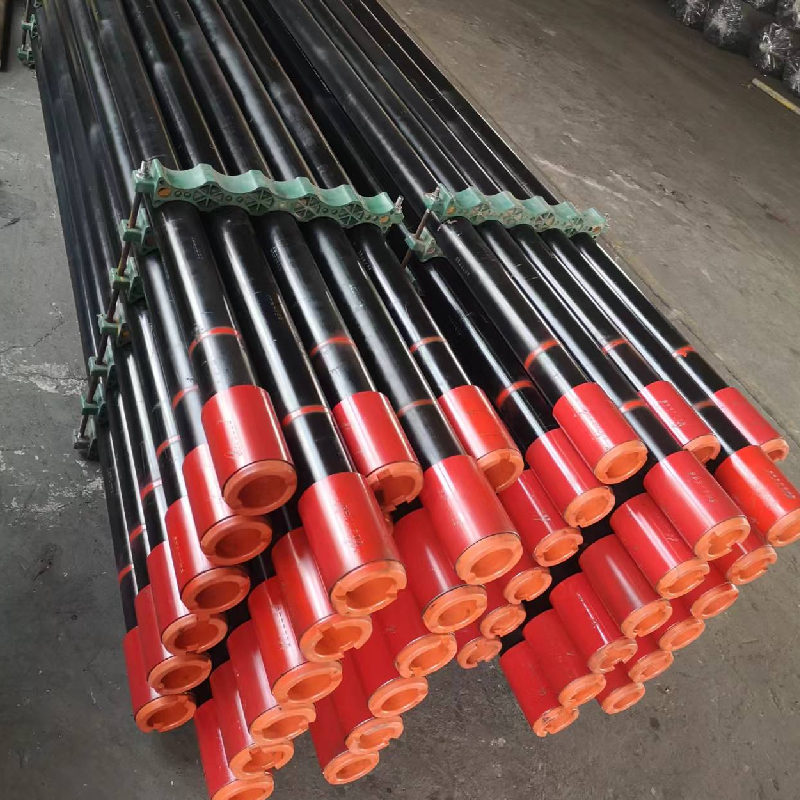- Afrikaans
- Albanian
- Amharic
- Arabic
- Armenian
- Azerbaijani
- Basque
- Belarusian
- Bengali
- Bosnian
- Bulgarian
- Catalan
- Cebuano
- Corsican
- Croatian
- Czech
- Danish
- Dutch
- English
- Esperanto
- Estonian
- Finnish
- French
- Frisian
- Galician
- Georgian
- German
- Greek
- Gujarati
- Haitian Creole
- hausa
- hawaiian
- Hebrew
- Hindi
- Miao
- Hungarian
- Icelandic
- igbo
- Indonesian
- irish
- Italian
- Japanese
- Javanese
- Kannada
- kazakh
- Khmer
- Rwandese
- Korean
- Kurdish
- Kyrgyz
- Lao
- Latin
- Latvian
- Lithuanian
- Luxembourgish
- Macedonian
- Malgashi
- Malay
- Malayalam
- Maltese
- Maori
- Marathi
- Mongolian
- Myanmar
- Nepali
- Norwegian
- Norwegian
- Occitan
- Pashto
- Persian
- Polish
- Portuguese
- Punjabi
- Romanian
- Russian
- Samoan
- Scottish Gaelic
- Serbian
- Sesotho
- Shona
- Sindhi
- Sinhala
- Slovak
- Slovenian
- Somali
- Spanish
- Sundanese
- Swahili
- Swedish
- Tagalog
- Tajik
- Tamil
- Tatar
- Telugu
- Thai
- Turkish
- Turkmen
- Ukrainian
- Urdu
- Uighur
- Uzbek
- Vietnamese
- Welsh
- Bantu
- Yiddish
- Yoruba
- Zulu
Exploring the Role of Passing Pup Joints in Enhancing System Performance and Efficiency
The Significance of Passing Pup Joints in Pipe Systems
In the realm of piping and plumbing systems, the efficient transport of fluids—whether they are gases, liquids, or slurries—requires a variety of components that work seamlessly together. Among these components, pup joints play a crucial role, particularly in the oil and gas industry, where precision and reliability are paramount. This article explores the significance of passing pup joints, their applications, and the benefits they bring to various piping systems.
Understanding Pup Joints
Pup joints are short lengths of pipe that are used to adjust the length of a piping system. Typically, they are less than 10 feet long and can be crafted from different materials, depending on the requirements of the system they are intended for. Pup joints are designed to connect larger pipes, helping to facilitate the flow of fluids while ensuring that the system remains robust and secure.
These joints come in various diameters and wall thicknesses, allowing engineers to select the optimal paw joint specifications according to the parameters of the specific application they are working with. Their primary purpose is to bridge the gap between sections of piping or to provide additional support to the system, making them an essential component in a variety of industries.
Applications in the Oil and Gas Industry
In the oil and gas sector, pup joints are commonly used in drilling operations and pipeline construction. They serve as flexible connectors that can compensate for minor discrepancies in pipe alignment. This flexibility is essential, as the high pressures and varying temperatures encountered during drilling can lead to thermal expansion or contraction in the piping system.
Moreover, pup joints are instrumental in wellhead installations, where they connect the production tubing to the surface facilities. Their short length allows for effective adaptability and modification of the piping system as needed, making it easier for engineers to create a custom fit for unique well designs.
pasing pup joints

Advantages of Using Pup Joints
1. Customization and Flexibility One of the significant benefits of pup joints is their versatility. They can be manufactured to meet specific dimensional and pressure requirements, allowing for a custom fit in any piping system. This adaptability helps extend the lifespan of the piping network and ensures continuous operation.
2. Ease of Installation Pup joints are relatively easy to install, reducing labor costs and time required for assembly. Their lightweight construction allows engineers to manage them with minimal equipment, further simplifying the installation process.
3. Enhanced Safety Ensuring the integrity of a piping system is vital in high-pressure environments, such as those encountered in the oil and gas industry. Pup joints provide additional support and stability, which can help prevent leaks or failures that could lead to hazardous situations.
4. Cost-Effectiveness Utilizing pup joints can be a cost-effective solution for adjusting pipe length without the need for complete reconfiguration of an existing pipeline. This flexibility allows operators to make necessary changes quickly, minimizing downtime and associated costs.
Conclusion
In summary, passing pup joints are a fundamental component in the construction and maintenance of piping systems, particularly in critical industries such as oil and gas. Their ability to provide customized solutions, ease of installation, and enhanced safety make them an invaluable asset. As technological advancements continue to evolve, the role of pup joints will likely expand even further, solidifying their importance in ensuring efficient fluid transport in complex piping systems. The wise selection and use of pup joints can significantly impact system performance and reliability, ultimately leading to safer and more efficient operations.
-
Tubing Pup Joints: Essential Components for Oil and Gas OperationsNewsJul.10,2025
-
Pup Joints: Essential Components for Reliable Drilling OperationsNewsJul.10,2025
-
Pipe Couplings: Connecting Your World EfficientlyNewsJul.10,2025
-
Mastering Oilfield Operations with Quality Tubing and CasingNewsJul.10,2025
-
High-Quality Casing Couplings for Every NeedNewsJul.10,2025
-
Boost Your Drilling Efficiency with Premium Crossover Tools & Seating NipplesNewsJul.10,2025







